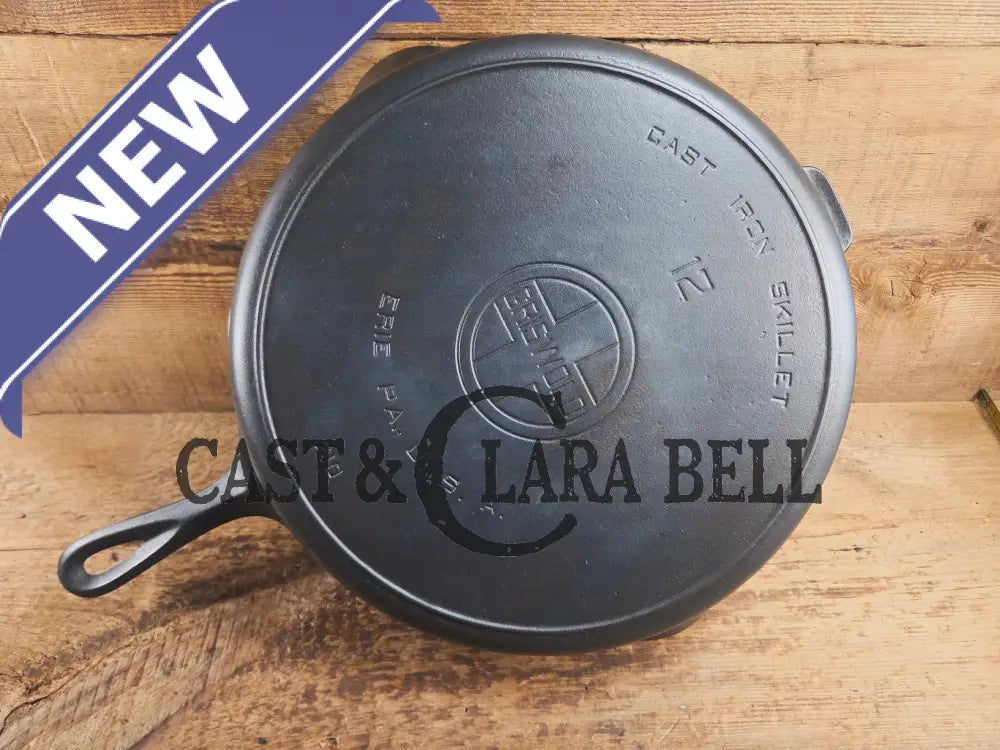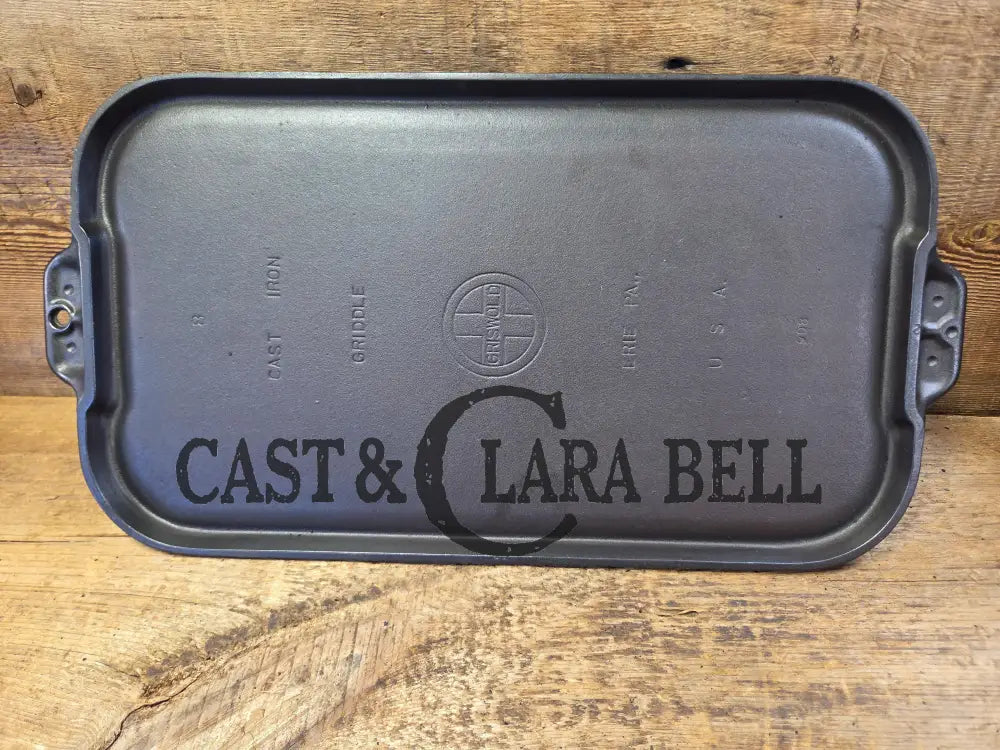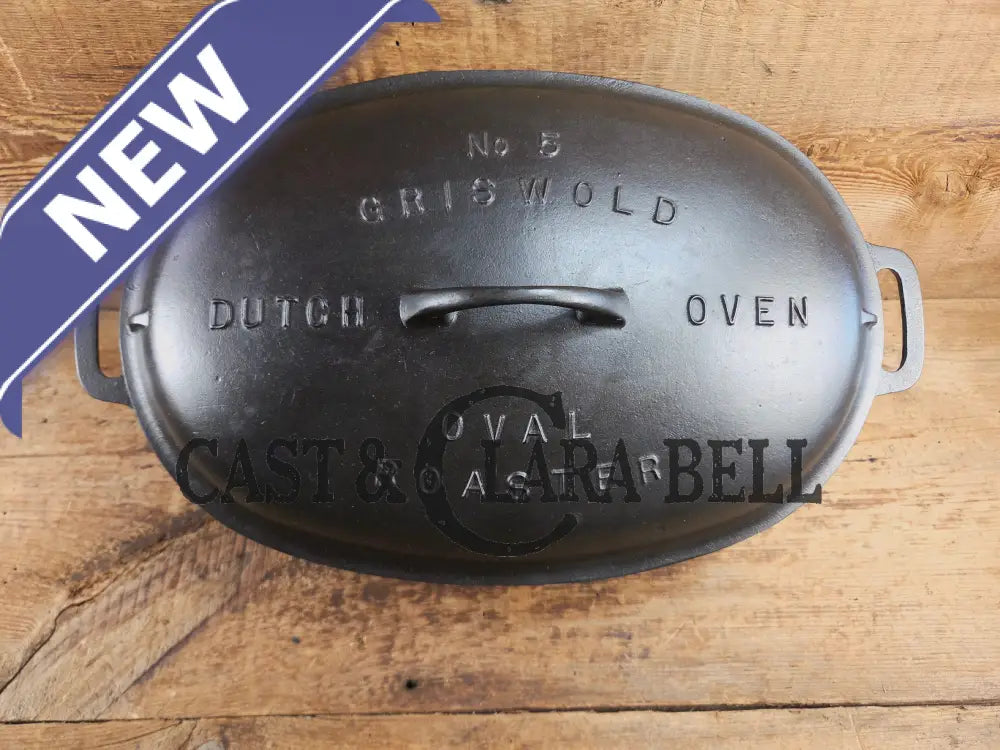<!-- Begin styled blog post with Playfair Display font -->
<div style="font-family: 'Playfair Display', serif; font-size: 18px; line-height: 1.7; color: #333; max-width: 850px; margin: 0 auto;">
<h1 style="font-size: 32px; font-weight: 700; margin-bottom: 20px;">Does Your Cast Iron Sit Flat? Why Flatness Matters More Than You Think</h1>
<p>If you’ve browsed our skillet or Dutch oven collection, you’ve likely seen terms like <strong>“sits flat,” “moves when prompted,”</strong> or <strong>“spinner”</strong> in the product descriptions. But what exactly do those terms mean — and more importantly, should you care?</p>
<h2 style="font-size: 26px;">Understanding Why Flatness Matters</h2>
<p>For the average home cook, <strong>cast iron flatness</strong> matters most depending on the kind of stove you use. If you're using a glass or <strong>induction cooktop</strong>, your cookware needs to make <strong>full, flush contact</strong> with the surface for even heat distribution. If it doesn’t, parts of your pan may heat slower — or not at all, especially with induction.</p>
<p>On the other hand, if you’re cooking with a <strong>gas or electric coil stove</strong>, slight warping or bowing is usually no big deal. In fact, this opens up an opportunity: <strong>non-flat pans are often more affordable</strong>, making them a budget-friendly option for gas and coil users.</p>
<h2 style="font-size: 26px;">What Our Flatness Terms Mean</h2>
<p>We use three main labels in our listings to help you shop with confidence:</p>
<ul style="padding-left: 20px;">
<li><strong>Flat –</strong> Sits completely flush on a glass surface with full contact. Best for glass and induction stovetops.</li>
<li><strong>Moves When Prompted –</strong> Mostly flat, but may rotate slightly (up to a quarter turn) when nudged. Performs well, though minor uneven heating may occur.</li>
<li><strong>Spinner –</strong> Has a slight concave base that allows it to freely spin on a glass surface. <strong>Not recommended for glass or induction</strong>, but works great on gas and coil stoves.</li>
</ul>
<p>This “spin” effect usually means the center of the pan has bowed inward. If you’re after an even sear, especially on a glass stove, full base contact is key.</p>
<h2 style="font-size: 26px;">In Summary... Does Flatness Really Matter?</h2>
<p>If you’re using a <strong>gas or electric coil stove</strong>, flatness isn’t a big deal. You might even score a better deal on a “spinner” piece. But if you cook on <strong>glass or induction surfaces</strong>, flatness is definitely something to consider.</p>
<p>That said, <strong>flatness does not affect flavor or cooking results</strong> on forgiving stove types. Heat evenness is more important than perfection, and plenty of non-flat pans still turn out amazing meals.</p>
<p>We hope this helps make your next cast iron purchase a little easier!</p>
<p><strong>Enjoy the Cook!<br>
– C&CB</strong></p>
<!-- SEO Meta Description -->
<!-- Wondering why cast iron flatness matters? Learn the difference between flat, spinner, and “moves when prompted” pans — and how your stove type affects what you should buy. -->
</div>
<!-- End blog post -->






